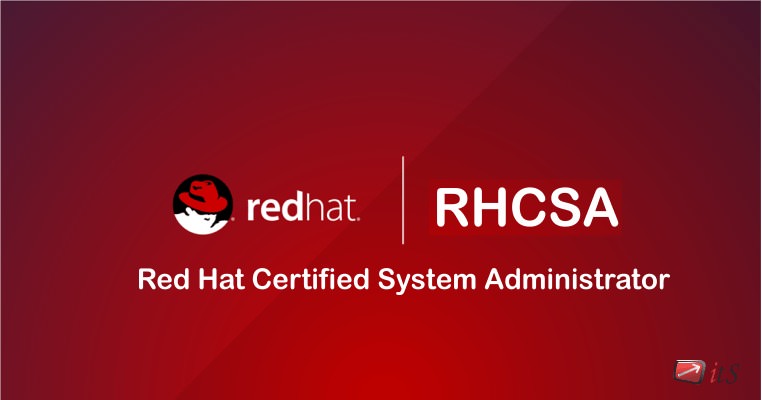The RHCSA Rapid Track course (RH199) features Red Hat® Enterprise Linux® 9 and is designed for
those who already have significant experience with Linux administration. This course combines
the significant content of Red Hat System Administration I (RH124) and Red Hat System
Administration II (RH134), reviewing the tasks at an accelerated pace. This course is based on Red Hat® Enterprise Linux 9.0.
Course Objectives
▪ Package management with new repository structure and appstream modules
▪ Create storage devices, volumes, and file systems, including Stratis storage management
▪ Configure network services and security
▪ Manage processes, scheduling, and tuning
▪ Manage users, groups, and authentication
▪ Perform server management with the Cockpit web management utility
▪ Troubleshoot and obtain support
▪ Run containers
Who Can Benefit
This course is geared toward Windows system administrators, network administrators, and other system administrators who are interested in supplementing current skills or backstopping other team members, in addition to Linux system administrators who are responsible for these tasks:
▪ Configuring, installing, upgrading, and maintaining Linux systems using established standards and procedures
▪ Providing operational support
▪ Managing systems for monitoring system performance and availability
▪ Writing and deploying scripts for task automation and system administration
Prerequisites
▪ You will be expected to already understand fundamental Linux computing concepts and be ready to practice the Red Hat Enterprise Linux methods for performing system administration tasks. Significant field experience working with Linux as a system administrator is recommended.
▪ If you do not have experience with fundamental Linux computer concepts, we advise you to start with the
Red Hat System Administration I (RH124) course instead.
-
-
Module 1: Access systems and get help
-
Module 2: Navigate file systems
-
Module 3: Manage local users and groups
-
Module 4: Control access to files
-
Module 5: Manage SELinux security
-
Module 6: Analyze and store logs
-
Module 7: Implement advanced storage features
-
Module 8: Schedule future tasks
-
Module 9: Tune system performance
-
Module 10: Install and update software packages
-
Module 11: Manage basic storage
-
Module 12: Control services and the boot process
-
Module 13: Manage networking
-
Module 14: Access network-attached storage
-
Module 15: Manage network security
-
Module 16: Running Containers
-


